The frontal tape loop of a diaper is one of the important parts of a diaper. It is usually used to fix the position of the diaper on the baby's body to ensure that the diaper is not easily displaced or loosened. The material and structural design of the front waist tape play a vital role in the comfort, fit and performance of diapers. According to different materials and surface treatments, the front waist tape can be divided into several types, each with different characteristics and advantages. The following are several common types of front waist tape:
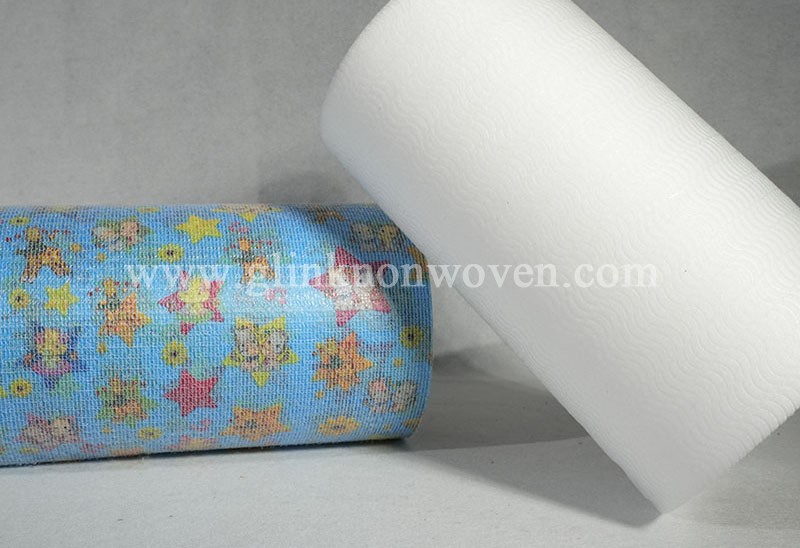
Material characteristics:
Polypropylene (PP) is a common synthetic plastic with high strength, rigidity and wear resistance, suitable for use in places where strong bonding is required.
PP front waist tape usually uses non-woven fabric or film material, which is heat-pressed or bonded to form a solid waist tape.
The surface is usually smooth, which is suitable for automatic bonding during the production process.
Advantages:
Strong adhesion: Polypropylene material can provide strong bonding to ensure that the front waist tape fits firmly on the baby's waist.
Lower price: The cost of polypropylene material is low, which can reduce the production cost of diapers.
Strong wear resistance: suitable for long-term use, not easy to break or fall off.
Disadvantages:
Since polypropylene itself does not have good softness, it is sometimes less comfortable and may cause friction to babies with sensitive skin.
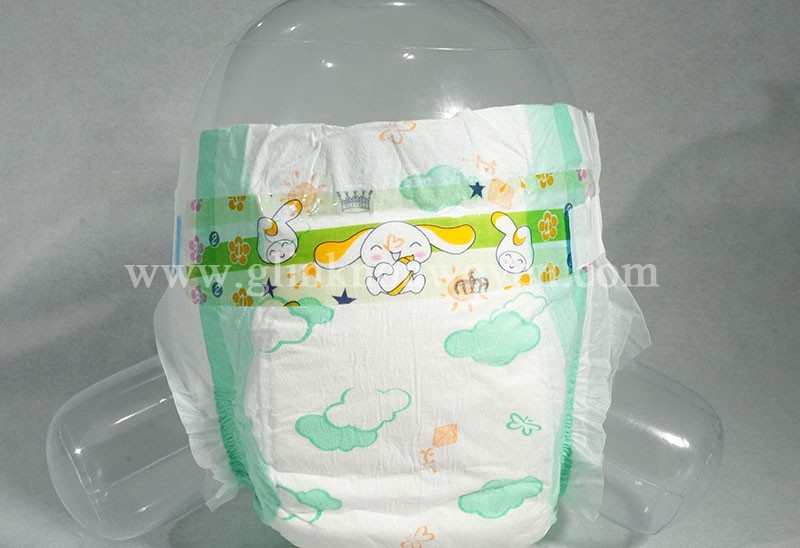
2. Knitted frontal tape for diaper
Material features:
The mesh frontal tape usually uses a combination of polypropylene non-woven fabric and mesh material. The mesh structure makes the tape more breathable while maintaining adhesion.
The mesh material itself is relatively thin, soft, and has less friction on the skin.
Advantages:
Better breathability: The mesh structure can increase air circulation, reduce stuffiness, and help babies stay dry.
Soft and comfortable: The mesh material is softer, reduces friction on the skin, and improves comfort.
High strength: The mesh structure can provide good resistance to stretching and deformation.
Disadvantages:
Compared with traditional flat materials, the production process is more complicated, so the cost may be slightly higher.
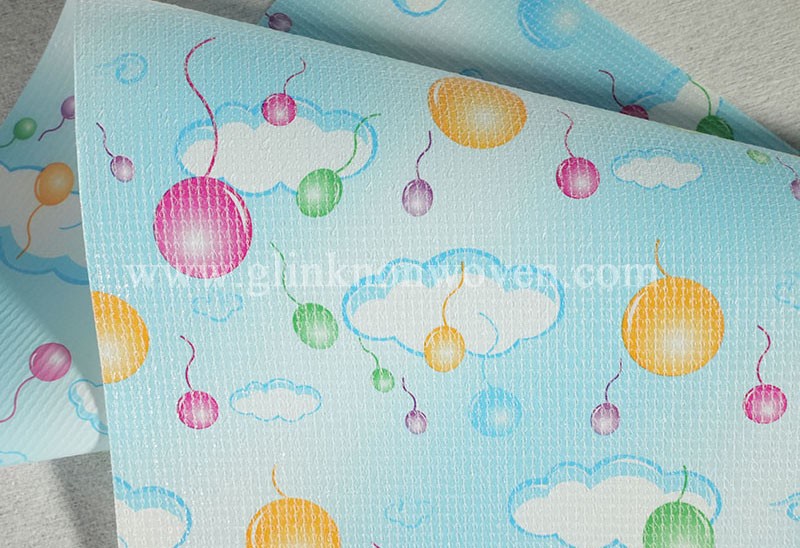
Material features:
Suede frontal tape usually uses non-woven fabric with fluff on the surface (such as polypropylene non-woven fabric), which makes the surface of the frontal tape softer.
Suede structure can enhance the comfort of the waist tape and reduce irritation to the baby's skin.
Advantages:
Very soft: Suede material is soft and suitable for baby's sensitive skin, which can provide higher comfort.
Skin-friendly: Suede material can better fit the baby's waist curve and reduce the discomfort caused by friction.
Good breathability: Although suede material looks thicker, its breathability is usually still good.
Disadvantages:
May be easy to pilling: Because the surface is suede material, after multiple stretching and friction, some pilling may occur, affecting the appearance.
High cost: The production cost of suede material is relatively high, so the price of this type of diapers may be more expensive.
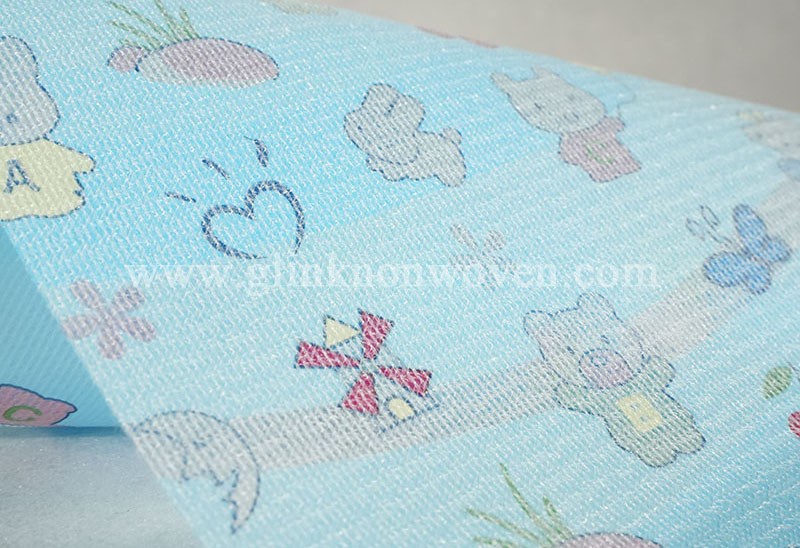
Material features:
Nonwoven frontal tape is generally made of polypropylene (PP) or other synthetic fibers, with a smooth surface, which can be processed by heat pressing or bonding.
Nonwoven materials have good air permeability and softness, and the production process is simple and the cost is low.
Advantages:
Good air permeability: The structure of nonwoven fabrics is usually loose, which can provide a certain air permeability and help maintain dryness.
Higher comfort: Compared with traditional plastic materials, nonwoven fabrics have certain advantages in softness and comfort.
High cost performance: The production cost of nonwoven frontal tape is low, which can provide reasonable performance and low price.
Disadvantages:
Weak adhesion: Compared with PP frontal tape, the adhesion of nonwoven fabrics may be slightly insufficient, and a stronger adhesive may be required.
Low durability: Compared with mesh or suede frontal tape, nonwoven fabrics may be less durable and strong after long-term use.
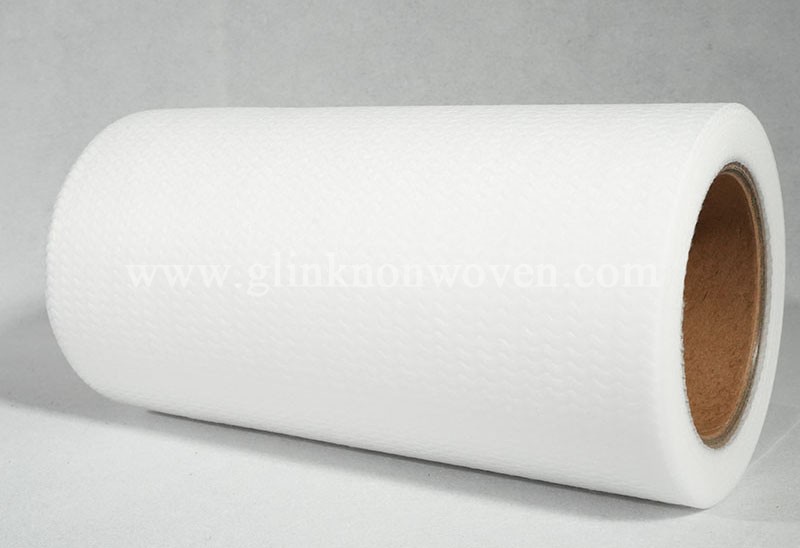
Summary
Each type of frontal tape material has its specific advantages and disadvantages. Manufacturers usually choose the right material based on product positioning, target market and cost requirements.